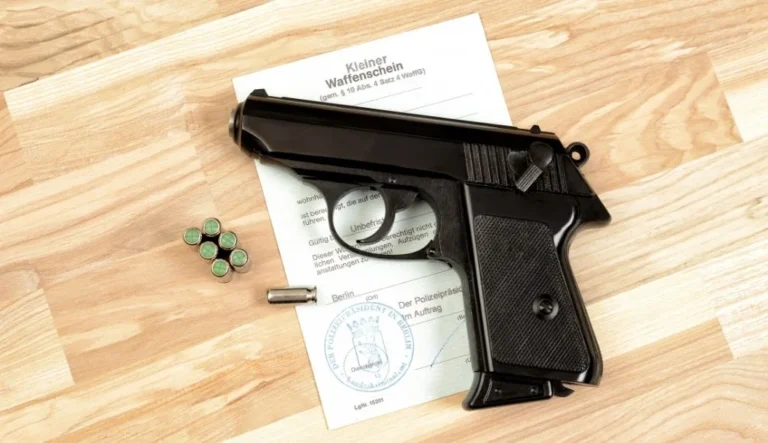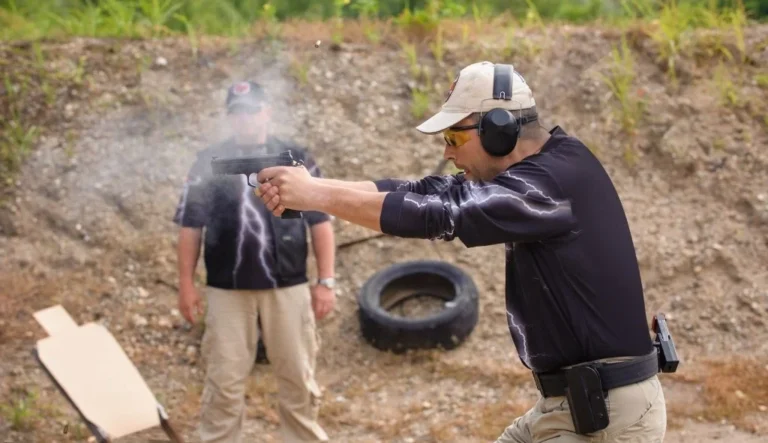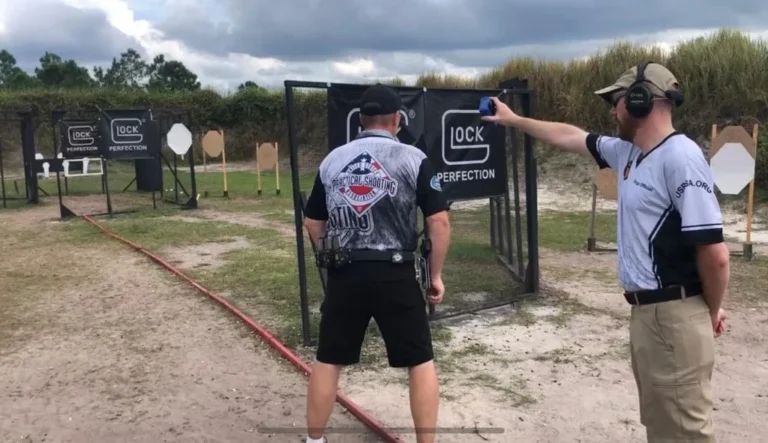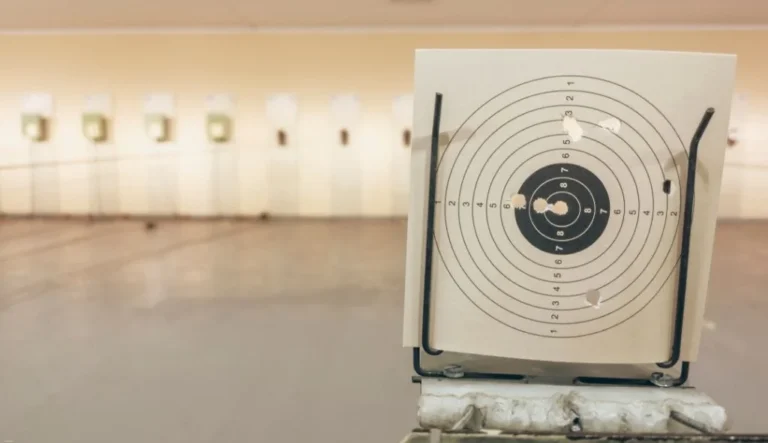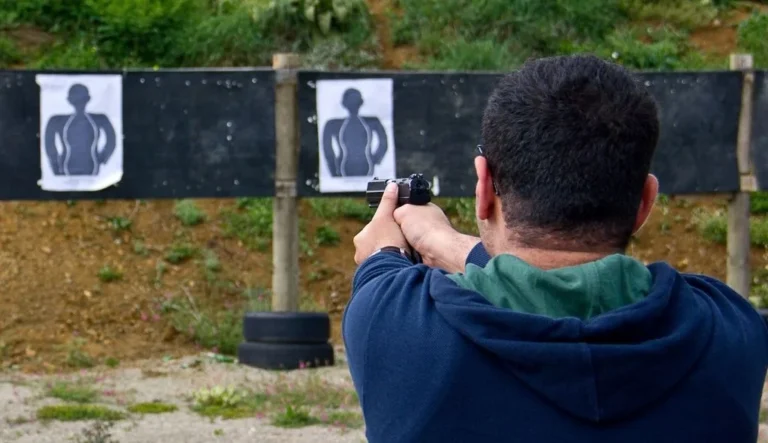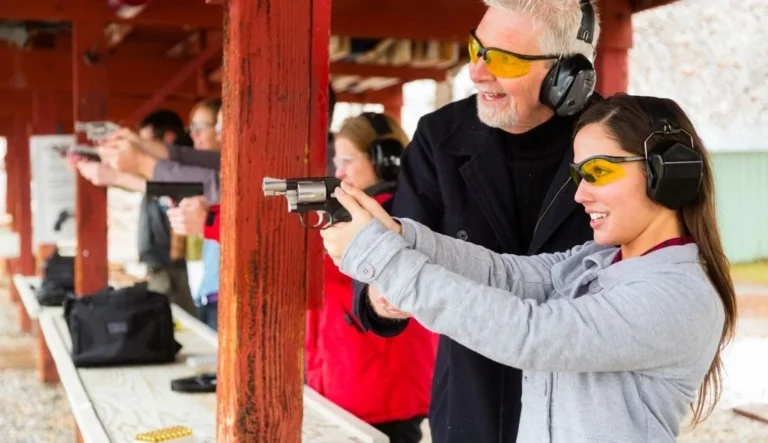An outdoor shooting range is a designated area for firearm practice and training. It typically includes targets at various distances, safety barriers, and strict rules to ensure safe shooting. Ranges may offer different shooting positions and scenarios for practice.
Understanding Outdoor Shooting Ranges
Outdoor shooting ranges are facilities designed for firearm enthusiasts, hunters, and law enforcement personnel to practice their shooting skills in a controlled environment. These ranges provide a safe space for individuals to improve their marksmanship, test new firearms, and engage in recreational shooting activities.
Types of Outdoor Shooting Ranges
There are several types of outdoor shooting ranges, each catering to different needs and preferences:
- Static target ranges: These are the most common type, featuring fixed targets at set distances.
- Dynamic ranges: These allow for moving targets or scenarios that simulate real-world situations.
- Long-distance ranges: Designed for precision shooting at extended distances, often used by snipers and competitive shooters.
- Skeet and trap ranges: Specifically for shotgun sports, where clay targets are launched into the air.
Range Layout and Design
The layout of an outdoor shooting range is crucial for safety and functionality. Key elements include:
- Firing line: The designated area where shooters stand or position themselves.
- Target area: Where targets are placed at various distances.
- Backstop: A large earthen berm or specialized material behind the targets to stop bullets safely.
- Side berms: Walls on either side of the range to contain stray shots.
- Safety zones: Buffer areas around the range to ensure public safety.
Safety Measures and Protocols
Safety is paramount at outdoor shooting ranges. Strict rules and protocols are enforced to prevent accidents and ensure a secure environment for all users.
Basic Safety Rules
- Treat every firearm as if it’s loaded.
- Always keep the muzzle pointed in a safe direction.
- Keep your finger off the trigger until ready to shoot.
- Be sure of your target and what’s beyond it.
Range-Specific Safety Procedures
- Cease fire procedures: When called, all shooting must stop immediately.
- Range officers: Trained personnel who oversee range activities and enforce safety rules.
- Personal protective equipment: Mandatory use of eye and ear protection.
- Firearm handling zones: Designated areas for loading, unloading, and cleaning firearms.
Range Equipment and Facilities
Outdoor shooting ranges are equipped with various tools and facilities to support shooters and ensure smooth operations.
Target Systems
- Static paper targets: Traditional bull’s-eye or silhouette targets.
- Steel targets: Durable targets that provide audible feedback when hit.
- Electronic scoring systems: Advanced targets that track shots and provide instant feedback.
Support Facilities
- Shooting benches: Stable platforms for seated shooting.
- Storage lockers: Secure storage for firearms and ammunition.
- Restrooms and shelter areas: Basic amenities for shooter comfort.
- Pro shop: On-site store for ammunition, targets, and other shooting supplies.
Range Operations and Management
Effective management is crucial for the smooth running of an outdoor shooting range.
Staffing
- Range master: Oversees all range operations and safety.
- Range officers: Monitor shooters and enforce range rules.
- Maintenance staff: Keep the range clean and in good repair.
Membership and Access
Many outdoor ranges operate on a membership basis, while others offer day passes for occasional users. Membership often includes benefits such as extended hours and access to special events.
Maintenance and Upkeep
Regular maintenance is essential for range safety and longevity. This includes:
- Lead management: Proper disposal of spent bullets to prevent environmental contamination.
- Backstop maintenance: Regular inspection and repair of the bullet catch system.
- Grounds keeping: Mowing, trash removal, and general upkeep of the facility.
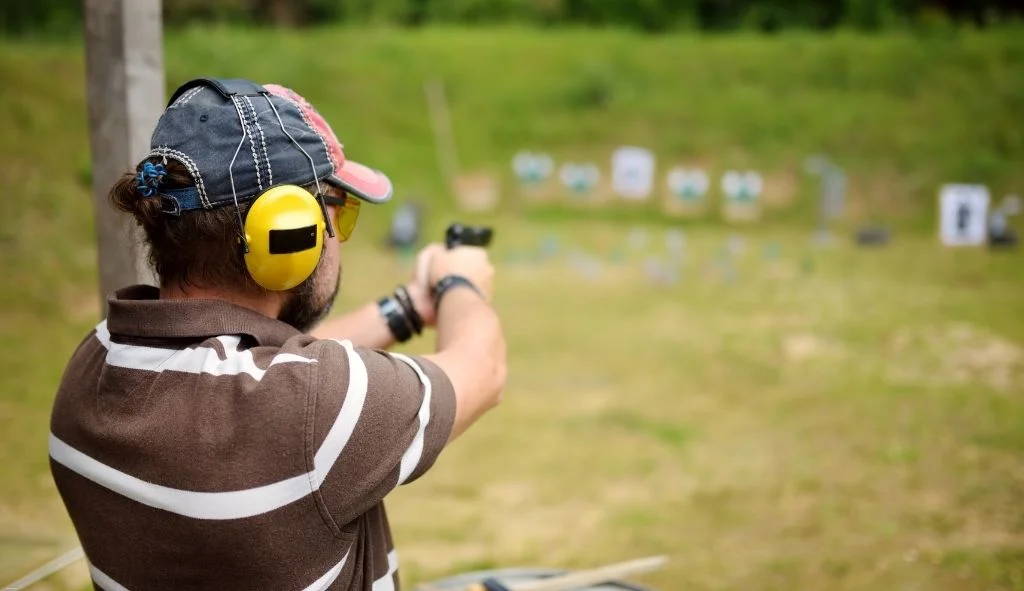
Training and Education
Outdoor shooting ranges often serve as educational centers for firearm safety and proficiency.
Courses Offered
- Basic firearm safety: Introductory courses for new shooters.
- Concealed carry classes: Training for those seeking concealed carry permits.
- Advanced marksmanship: Courses for improving accuracy and shooting techniques.
- Hunting preparation: Classes focused on ethical hunting practices and marksmanship.
Instructor Certification
Many ranges have certified instructors who can provide formal training and issue certifications recognized by state and federal agencies.
Environmental Considerations
Outdoor shooting ranges must address environmental concerns to operate responsibly and sustainably.
Noise Management
- Sound barriers: Structures designed to reduce noise pollution.
- Operating hours: Restricted shooting times to minimize disturbance to nearby residents.
Lead Contamination Prevention
- Bullet traps: Systems designed to capture bullets and prevent lead from entering the soil.
- Soil testing: Regular analysis to monitor lead levels in the surrounding area.
- Remediation plans: Strategies for cleaning up any contamination that occurs.
Legal and Regulatory Compliance
Outdoor shooting ranges must adhere to various laws and regulations to operate legally and safely.
Licensing and Permits
- Federal firearms license: Required for ranges that sell firearms or ammunition.
- Local zoning permits: Ensure the range complies with local land use regulations.
- Environmental permits: Address issues such as lead management and noise control.
Insurance Requirements
Ranges typically need comprehensive liability insurance to protect against accidents and injuries.
Technology Integration
Modern outdoor shooting ranges often incorporate technology to enhance the shooting experience and improve safety.
Range Management Software
- Membership tracking: Systems to manage member information and access.
- Scheduling tools: For booking range time and managing capacity.
Training Simulators
Some ranges offer high-tech simulators for scenario-based training, allowing shooters to practice in virtual environments.
Community Engagement and Events
Outdoor shooting ranges often play a role in the local community and host various events.
Competitions
- Local matches: Regular events for members to test their skills.
- Regional tournaments: Larger competitions that attract shooters from wider areas.
Public Outreach
- Open houses: Events to introduce the public to shooting sports.
- Youth programs: Supervised activities to teach firearm safety to young people.
Challenges and Future Trends
Outdoor shooting ranges face various challenges and are adapting to changing trends in the industry.
Urban Encroachment
As cities expand, ranges that were once in rural areas may find themselves closer to residential zones, leading to conflicts over noise and safety concerns.
Technological Advancements
Ranges are increasingly adopting new technologies such as app-based range management and augmented reality training systems to stay competitive and enhance the shooting experience.
Sustainability Initiatives
Many ranges are focusing on becoming more environmentally friendly, implementing lead recycling programs and exploring alternative materials for backstops and targets.

